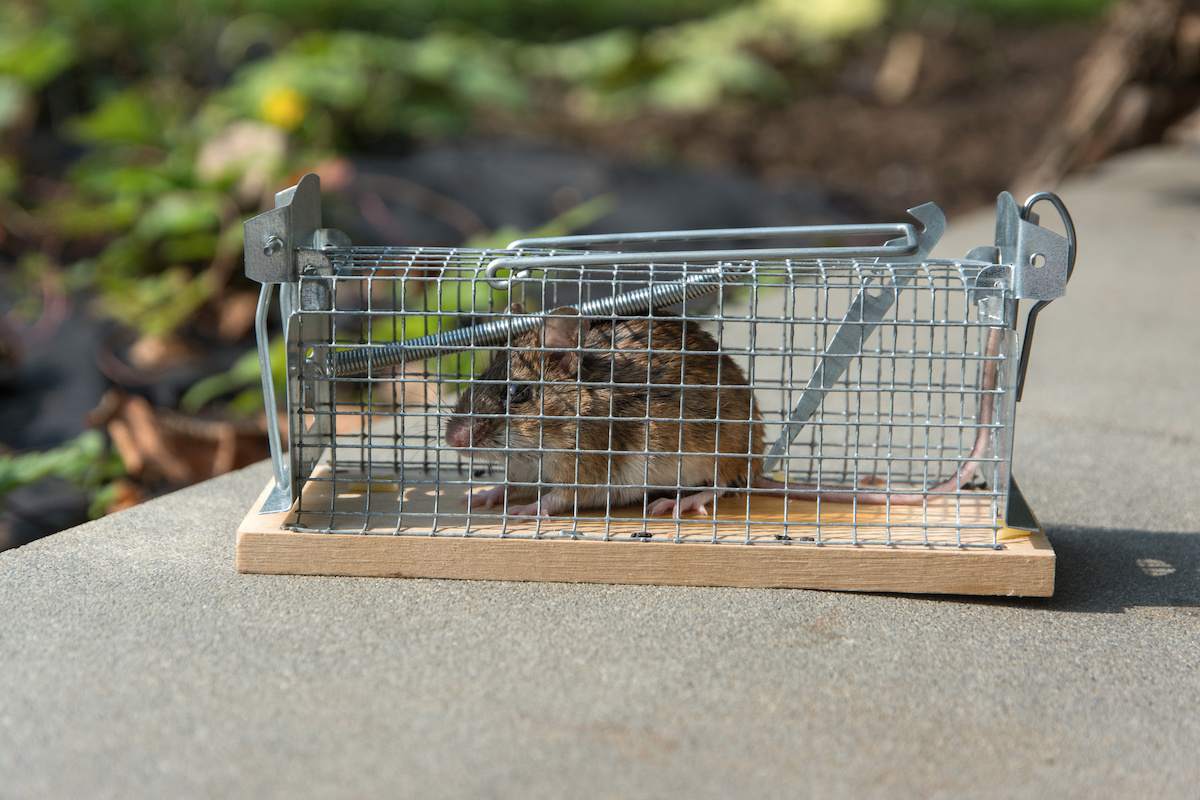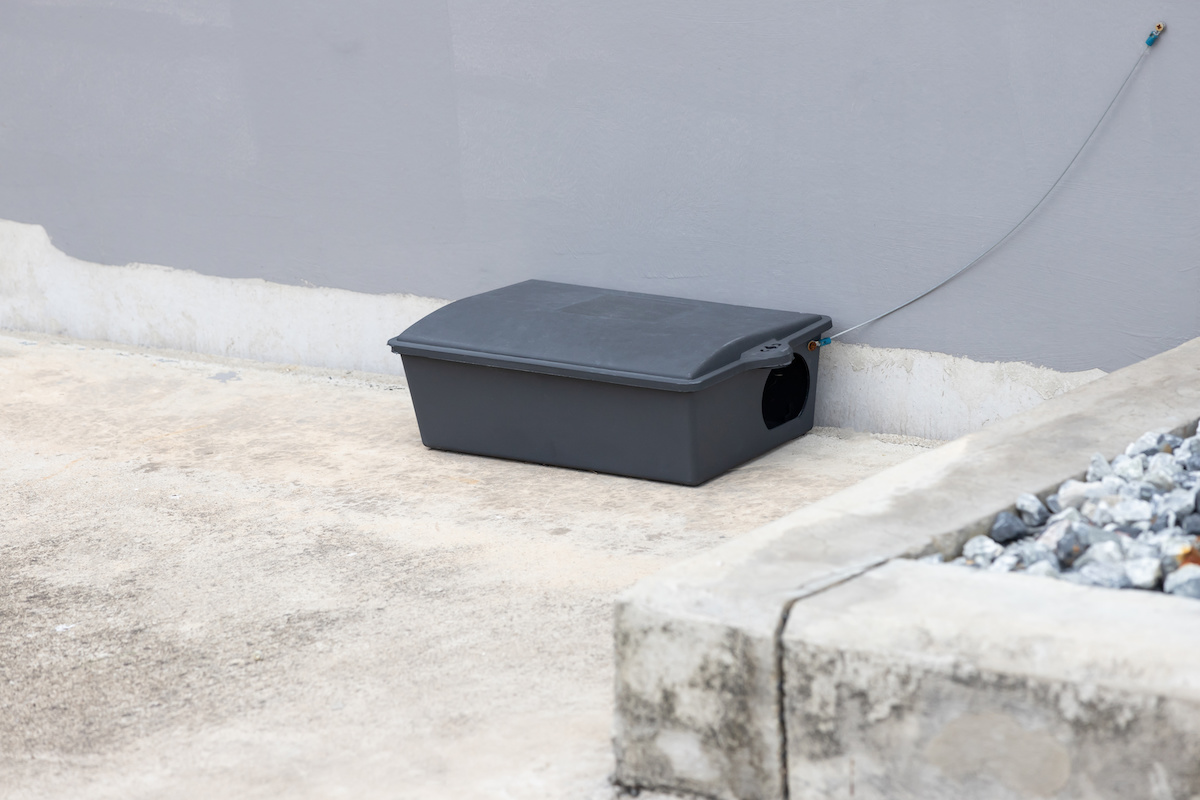Mice infestations are a common problem for homeowners and businesses, leading many people to attempt DIY methods to control and eliminate them. While some of these methods may provide temporary relief, they often fail to address the root of the problem, allowing the infestation to persist or even worsen over time. Here’s why DIY mice control doesn’t always work and why professional pest control is the best solution.
The Risks of Mice in Your Home
Mice may seem small and harmless, but having them in your home can lead to serious risks for both your property and your health. These rodents reproduce quickly, meaning a minor issue can become a major infestation in no time. Here are some of the most significant risks associated with mice in your home:
1. Health Hazards
Mice are known carriers of diseases that can pose serious health risks to humans. They spread bacteria through their urine, droppings, and saliva, contaminating surfaces and food. Some of the illnesses linked to mice include:
- Hantavirus – A potentially severe respiratory disease transmitted through mouse droppings and urine.
- Salmonella – Mice can spread this bacteria by contaminating food and kitchen surfaces.
- Leptospirosis – A bacterial infection that spreads through water contaminated with rodent urine.
Additionally, mice can trigger allergies and asthma, particularly in children and those with respiratory conditions. Their fur, dander, and droppings can contribute to indoor air pollution, making breathing more difficult for sensitive individuals.

2. Structural Damage
Mice have strong teeth that never stop growing, so they constantly gnaw on things to keep them from becoming too long. This can cause extensive damage to your home, including:
- Chewing on electrical wires, increasing the risk of electrical fires.
- Gnawing on wood, insulation, and drywall, leading to costly structural repairs.
- Destroying furniture and fabric items as they collect nesting materials.
Over time, the damage from mice can weaken parts of your home and result in expensive repairs that could have been avoided with prompt pest control.
3. Food Contamination
Mice are notorious for sneaking into pantries and food storage areas, leaving droppings and urine in their wake. They chew through items such as plastic bags, cardboard boxes, and even weak containers, contaminating everything inside. This not only leads to food waste but also increases the risk of ingesting harmful bacteria and pathogens.
4. Fire Hazards
One of the biggest hidden dangers of a mouse infestation is the potential for electrical fires. Mice frequently chew on wires behind walls, in attics, and within appliances. Damaged wires can short-circuit and spark fires, which then puts your entire home at risk. According to experts, rodents are responsible for a significant number of house fires each year.
The Challenges of DIY Mice Control
Many homeowners turn to traps, poisons, and repellents to get rid of mice, but these methods often fall short for several reasons:
- Inadequate Trapping Techniques – Many people don’t set traps correctly or in the right locations, reducing their effectiveness.
- Limited Knowledge of Mice Behavior – Mice are intelligent creatures that quickly adapt to threats, making it difficult for DIY methods to succeed.
- Failure to Identify Entry Points – Sealing off access points is crucial, but most homeowners miss hidden gaps and cracks.
- Reproduction Rate – Mice breed rapidly, so eliminating just a few doesn’t stop an infestation.
- Health Risks – Handling mice or contaminated materials without proper protection can expose you to diseases.
Common DIY Methods and Their Limitations
1. Mouse Traps
Traps, including snap traps and glue traps, are widely used for DIY mice control. However, their effectiveness depends on proper placement and baiting. Mice often learn to avoid poorly placed traps, and in severe infestations, trapping alone is insufficient to control the population.
2. Poison Baits
Rodenticide baits may seem like a convenient solution, but they come with risks. Mice may consume the bait and die in inaccessible places, leading to foul odors and attracting other pests. Additionally, rodenticides can be hazardous to pets and children if not used correctly.
3. Ultrasonic Repellents
Many homeowners invest in ultrasonic devices that claim to repel mice. While these may work temporarily, mice often become accustomed to the noise, making them ineffective over time.
4. Home Remedies
Peppermint oil, mothballs, and ammonia are commonly used as natural repellents. However, these solutions rarely provide long-term results, as mice can easily find alternative routes and become desensitized to the odors.
Why DIY Mice Control Fails
Many homeowners attempt to handle mice infestations on their own using traps, poison, or repellents. While these methods might seem like a cost-effective solution, they often fail to completely resolve the problem. Here are the main reasons why DIY mice control usually doesn’t work:
1. Not Addressing the Root of the Problem
One of the biggest mistakes people make with DIY mice control is treating the symptoms rather than the source of the infestation. Setting a few traps may catch some mice, but if entry points aren’t sealed and nesting areas aren’t eliminated, more mice will continue to invade your home. Professional pest control experts know how to locate and eliminate these access points to prevent future infestations.
2. Mice Reproduce Rapidly
A single female mouse can produce up to 60 offspring per year, which then means even a small infestation can quickly grow out of control. DIY methods often don’t catch mice fast enough to keep up with their reproduction rates, allowing the population to rebound even after a temporary decrease.
3. Ineffective Placement of Traps and Baits
Many homeowners place traps or bait stations in the wrong locations, making them far less effective. Mice tend to travel along walls and hidden pathways rather than open spaces, so traps set in the middle of the room may go untouched. Professionals have the experience to identify high-traffic areas and place traps strategically for maximum effectiveness.
4. Resistance to Over-the-Counter Poisons
Mice in certain areas have developed resistance to common store-bought rodenticides, making DIY poison treatments ineffective. Even when poisons do work, they often result in mice dying in inaccessible areas like inside walls, leading to foul odors and secondary infestations of flies or other pests.
5. Underestimating the Infestation Size
Homeowners often assume they only have a couple of mice when, in reality, there may be dozens hiding in walls, attics, and crawl spaces. Mice are excellent at staying hidden, which then means that seeing one or two doesn’t reveal the full extent of the problem. A professional inspection can determine the true scope of the infestation and implement a more comprehensive removal plan.
6. Mice Are Smart and Adaptable
Mice quickly learn to avoid traps if they sense danger. They can recognize when other mice have been caught and may change their routes or behavior to avoid being trapped. This makes DIY control methods far less effective over time. Pest control professionals use a combination of methods, rotating different tactics to outsmart these rodents.
7. DIY Repellents Rarely Work
Many homeowners try to repel mice using ultrasonic devices, peppermint oil, or ammonia. However, these methods are not scientifically proven to be effective in eliminating an infestation. While certain scents might deter mice temporarily, they will often return once they realize there is a steady food source.

The Benefits of Professional Mice Control
Hiring a professional pest control service such as James River Pest Solutions provides several advantages over DIY methods:
- Thorough Inspection – Professionals identify entry points, nesting sites, and infestation severity.
- Customized Treatment Plans – Targeted solutions ensure effective and lasting control.
- Safe and Effective Methods – Experts use safe, regulated products that minimize health risks.
- Sealing Entry Points – Professionals help prevent future infestations by sealing access points.
- Ongoing Monitoring – Follow-up visits ensure mice do not return.
Avoid DIY Mice Control and Call the Pros
While DIY mice control methods may seem cost-effective and convenient, they often fall short in eliminating infestations completely. Mice are resilient pests that require strategic, professional intervention for successful removal. If you suspect a mouse infestation, contact James River Pest Solutions for expert pest control services to protect your home or business effectively.